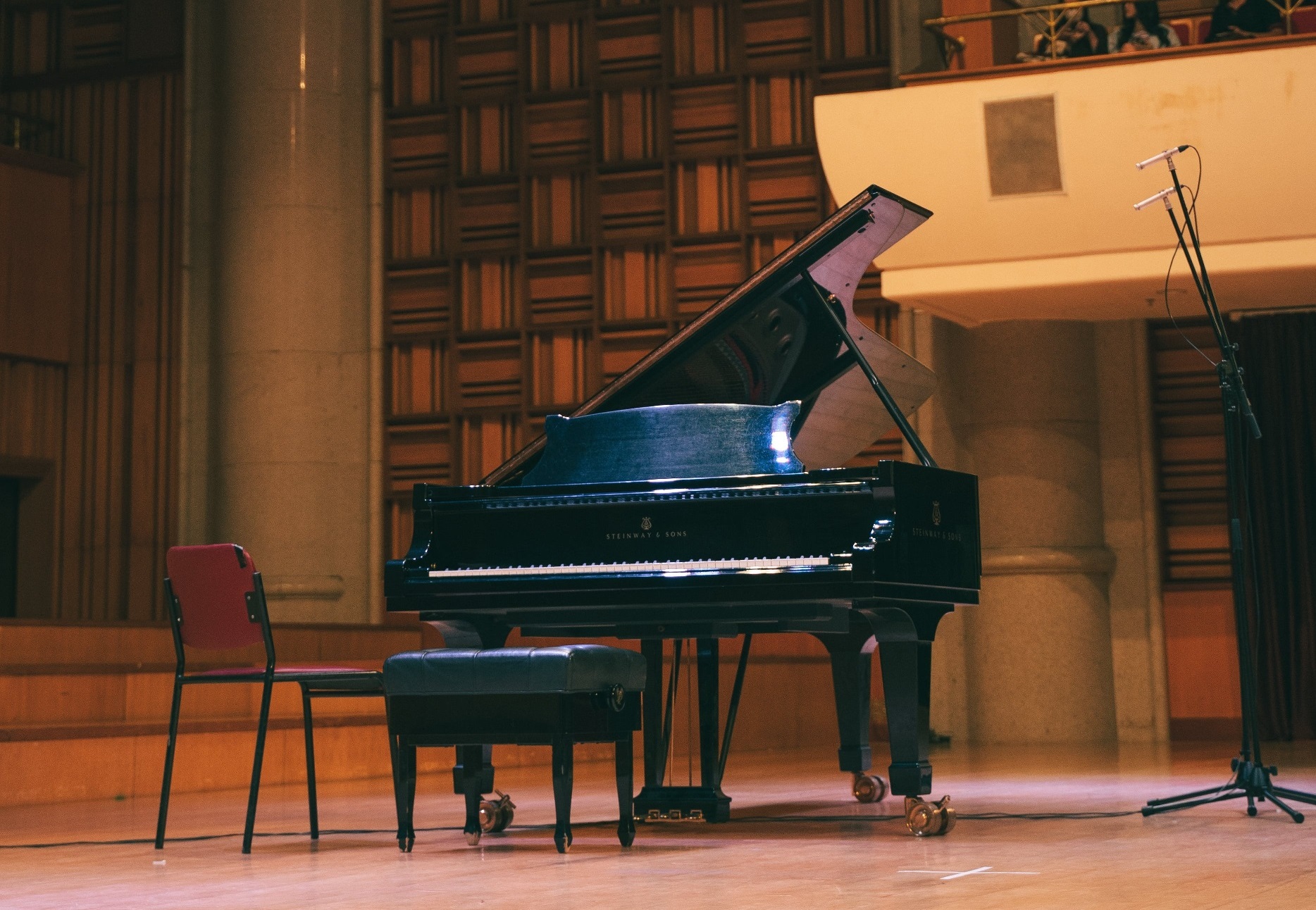
The Ultimate Guide to Recording a Winning Video Submission
How to prepare for a video performance for a music audition or competition?
Preparing for a video performance for a music audition or competition can be a pivotal moment in a musician's career. Whether you're aiming for a spot in a prestigious music school, a role in a musical ensemble, or simply showcasing your skills in a competition, the quality of your video submission can significantly influence the outcome. This comprehensive guide will walk you through the steps to prepare for and record a compelling video performance, covering everything from the early preparation stages to the final touches of video editing.
1. Understanding the Requirements
Before diving into the preparation, it's crucial to thoroughly understand the audition or competition requirements. These guidelines often specify the types of pieces you should perform, the video format, length, and sometimes even the camera angle or attire. Failing to adhere to these instructions can result in disqualification or negatively impact the judges' impression of your submission.
2. Repertoire Selection
Choosing the right repertoire is about showcasing your technical skills and musicality. Select pieces that highlight your strengths, demonstrate versatility, and adhere to the audition's guidelines. It's also wise to consider the recording context; for instance, some pieces may come across better in a video format than others.
3. Technical Preparation
Once your repertoire is set, it's time to dive deep into practice. Aim for precision, expressiveness, and consistency. Use a metronome to ensure your tempo is steady, and record yourself frequently to identify areas that need improvement. Seek feedback from teachers or peers to gain different perspectives on your performance.
4. Choosing the Right Equipment and Setting
A successful video requires more than just a stellar performance; the quality of the recording itself plays a significant role. Here are key considerations:
- Camera: A good-quality camera is essential. While many smartphones can produce suitable video quality, consider using a DSLR or mirrorless camera for superior image quality. Ensure the camera is stable by using a tripod.
- Microphone: Audio quality is paramount in a music audition video. External microphones typically offer better sound quality than built-in camera mics. Consider a condenser microphone for its sensitivity and range.
- Lighting: Natural lighting can work well, but be mindful of the time of day and potential shadows. Alternatively, use softbox lights or LED panels to create a bright, evenly lit space without harsh shadows.
- Background and Setting: Choose a clean, uncluttered background that doesn't distract from your performance. Ensure your setting looks professional and that your instrument is the focus.
For those who prefer not to worry about managing these technical details themselves, hiring a professional recording studio is an excellent option. Professional studios offer high-quality equipment, including cameras, microphones, and lighting, ensuring your video looks and sound its best. Moreover, they provide a controlled environment that's optimized for recording music, along with the expertise of sound engineers and videographers who can guide you through the recording process. This can alleviate the stress of technical preparation and allow you to focus solely on your performance. Remember, the investment in a professional studio can significantly elevate the quality of your submission, potentially making a crucial difference in competitive settings.
5. Dress Rehearsal
Treat one of your practice sessions as a dress rehearsal, wearing the attire you plan to wear during the actual recording. This not only helps you get comfortable with your outfit but also ensures that it looks good on camera. Consider the color and style of your clothing and how it contrasts with the background.
6. Recording Tips
When the day arrives to record your performance, follow these tips to ensure a smooth process:
- Warm-Up: Just like a live performance, warm up thoroughly before you start recording.
- Camera Angle and Framing: Position the camera so it captures you and your instrument clearly. The frame should include your full range of motion, and the angle should present a flattering perspective.
- Multiple Takes: Don't rely on getting the perfect take in one shot. Record multiple takes to have options when selecting the best one.
- Breaks: Take short breaks between takes to review your recordings and rest. This helps maintain focus and energy.
7. Reviewing and Selecting Takes
Watch your recordings and select the best take. Look for a performance that not only showcases your technical skills but also conveys your musicality and emotional connection to the piece. It's often helpful to get feedback from teachers or peers during this stage.
8. Editing Your Video
Basic video editing might be necessary to meet the audition's submission requirements or to enhance the overall presentation. Software like iMovie, Adobe Premiere Pro, or DaVinci Resolve can help you trim the start and end of your video, adjust the audio levels, and add titles if required. Remember, the focus should be on your performance, so avoid over-editing.
9. Submission
Once your video is finalized, follow the submission guidelines carefully. This includes naming your video file appropriately, ensuring the video format is correct, and submitting it before the deadline. Double-check that all required information is included with your submission.
10. Mental and Physical Care
Throughout this process, it's crucial to take care of your mental and physical well-being. Preparing for an audition or competition can be stressful, so ensure you're eating well, getting enough rest, and finding time to relax and decompress.
Recording a video performance for a music audition or competition requires meticulous preparation, from understanding the requirements to submitting a polished final product. By choosing the right repertoire, focusing on technical preparation, and ensuring high-quality video and audio, you can create a compelling submission that showcases your talent and dedication. Remember, this process is not only about impressing the judges but also about growing as a musician. Embrace the journey, learn from the experience, and let your passion for music shine through your performance.